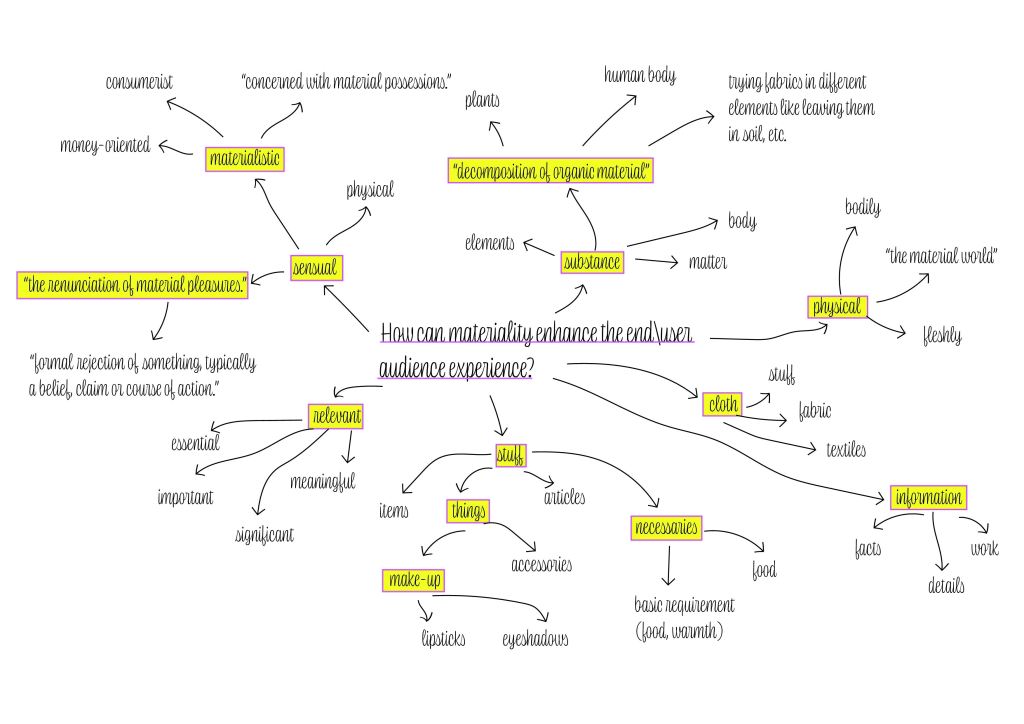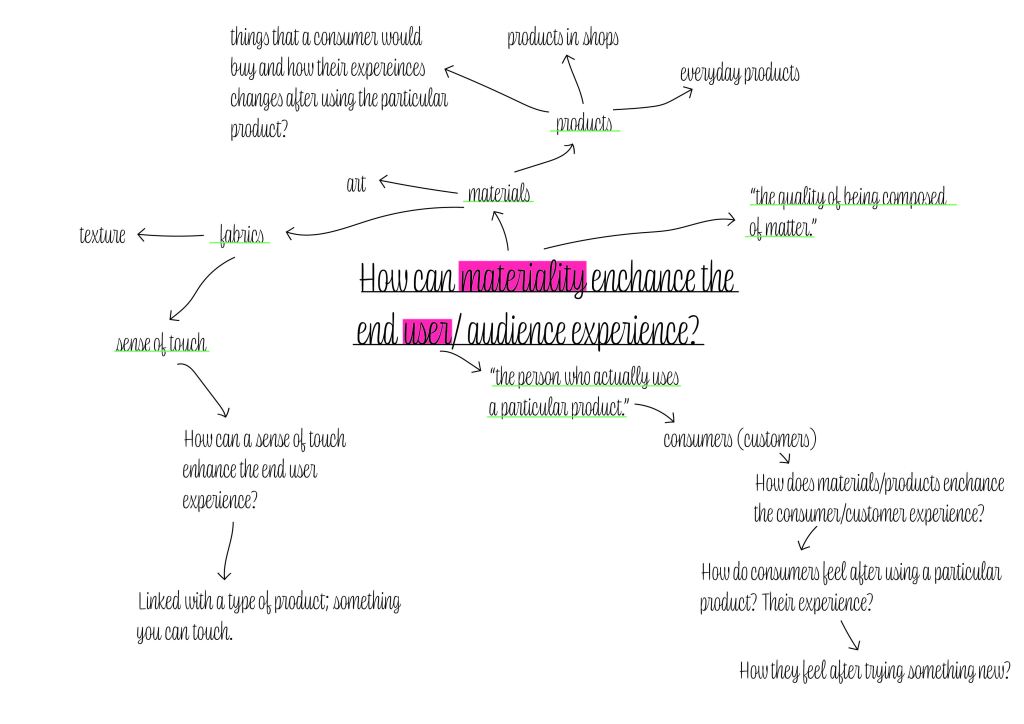“Part of the mystery of gender is how a pattern that on the surface appears so stark and rigid, on close examination turns out so complex and uncertain.”
Connell and Pearse, 2015
The mystery behind gender is indeed quite complex and uncertain. This reminds me of sudoko where the pattern is quite simple and straightforward yet when you try to solve it, its quite complex and takes a lot of brain power. (I’m assuming sudoko is complex because I’ve never got the hang of it. I don’t deal with numbers…its one of the reasons why I suck with money…)

Now, I’m not the queen of gender who knows everything from left to right. I had to learn and I’m still learning about the different identification of gender. This website https://uniteuk1.com/2017/10/gender-101/ really helped me get an idea about different gender identification. Gender has changed a lot throughout the decades. There are not just male and female labels as different gender identities have been introduced and may still be on-going. Who knows! The ideal gender stereotypes of what’s masculine and what’s feminine is slowing breaking it’s barrier and being transformed.
My spirit animal
“Women’s representation in politics has changed slowly over time, and with difficulty. French lawyer Christine Lagard was the first woman ever to head the international monetary fund in 2011, the world average number of women in parliament increased from 10 per cent in 1995 to 20 per ten in 2012.”
Connell and Pearse, 2015
CAN I GET AN AMEN!
There has been changes in the issue of gender, like women being involved in politics, women having the right to vote, equal opportunities between men and women, LGBT rights, not conforming to the ideals of what’s masculine and what’s feminine, third gender, etc. What I’m trying to say is that we’ve come a long way since the invention of the internet. (I’m kinda curious about who invented the internet now…)
“There are women in love with other women, and men in love with other men. There are women who are heads of households, and men who bring up children. There are women who are soldiers and men who are nurses.”
Connell and Pearse, 2015

https://www.pinterest.co.uk/pin/AYnqF9lhG_AISvS4syIVS59F7DqsbZ2WOweAAUeX4yqUpBPbf1FSGrU/
https://www.pinterest.co.uk/pin/550916966920964627/
https://www.pinterest.co.uk/pin/550916966920964543/
There has been so many changes for both men and women but the one change that I would like to point out is clothing. Yeah that’s right, let talk about clothes! Clothing has a major role in the issues of gender because what we wear defines our identity. And who does not like talking about clothes… (okay maybe only relatable to me then.)
“Clothing is unusual in artefactual terms because it allows us to play temporarily or permanently – with identity and self-image. It can fix us into the gendered space we occupy on a daily basis as we get dressed or, in the transition from male and female, it can function as the means by which gender is slipped on and off.”
Suthrell, 2014
Clothing can act as a confinement to gender norms or act as a rebellion. In the late 16th-19th century, women wore male attire to venture outside for an exciting lifestyle. (I mean talk about trust issues towards women.) Clothing is that one functional object that allows us to play with our identity and self-image, temporarily or permanently. I mean hey, you only got one life right so go ahead and experiment.(It sounds like sarcasm but trust me it’s not!)

https://www.pinterest.co.uk/pin/550916966920916668/
https://www.pinterest.co.uk/pin/550916966920975252/
https://www.pinterest.co.uk/pin/550916966920975269/
“In terms if cross-dressing in a Western context, an example might be the wearing of clothes which are ‘almost’ gender neutral such as shirts/blouses, jeans and sweaters, for which the only difference might be the terms of labelling.”
Suthrell, 2004
Girls wearing dresses and boys wearing trousers because they had to be confided in the given stereotypes has changed. I mean thank the Lord for changes because I love wearing dresses once a while but I would still pick trousers because one, its comfy and two, I don’t have to worry about my dress flying about in the wind. “Ain’t nobody got time for that.” The changes are brought by designers and companies who have broken the rules of gender norms and caused a spark of rebellion by creating gender-neutral clothing. The idea of androgynous fashion comes to mind where both masculine and feminine traits could be expressed by anyone. Clothes lets you defy the gender norms.
So overall, going back to the question of How can materiality enhance the end user/ audience experience? Or how I now rephrased it to how can materiality in GENDER enhance the end user/audience experience? (I needed a change considering this post is about changes in gender.)
Gender has different meanings. For some it might be male or female (the biological sex) but for some it might be an issue about how they identify themselves, masculine or feminine or both. There are so many answers about gender that I think it’s still an ongoing issue. It’s definitely a conversation starter I’ll tell you that. Let’s just say a cup of tea or a bottle of wine would definitely be needed.
However, if I had to pin point on how materiality in gender CAN (emphasis on the CAN) enhance the audience experience, I would have to say by clothing. Creating a gender neutral clothing not only defies gender norms but increases the value of gender equality thus giving the audience (who might still be discovering their identity) a chance to discover themselves. Also, I would like to say educating about gender issues because there are still some cultures who don’t defy the gender norms simply because of society values. (*cough* rural parts of Nepal *cough*). Educating about changes in gender stereotypes and identification can improve the issues based on gender and increase the audience’s knowledge about gender norms thus enhancing their experience because at the end of the day, I would like to be asked about my future and ambitions not when I am going to get married. (Also, the amount of times I said gender in one sentence is shocking.)
Bipana
Pearse, R. C. (2015). Gender: In World Perspective.Cambridge: Polity Press.
Suthrell, C. (2004). Unzipping Gender: Sex, Cross-dressing and Culture.Oxford: Berg.









